A WRITER'S WIT
Just when you are feeling the peace, perfect peace that emanates from a cat, it gets up, goes out into the garden, turns into a long sinuous snake right in front of your eyes and starts to crawl up on some bird that you've begun to become acquainted with; and you have to start throwing stones or chasing it with a long stick; and all your participation in its smug enjoyment is turned into rage and indignation.
Mabel Dodge Luhan, from Winter in Taos
Born February 26, 1879
A Long Journey
This post concludes Behind the Book, a weekly series in which I've discussed the creative process it takes to write each of the fifteen narratives included in my latest collection, My Long-Playing Records and Other Stories. Scroll to the bottom of the post to locate links to previous Behind the Book posts. And stay tuned. On March 12, I will begin a series of podcasts: each one will consist of a short reading—fifteen to twenty-five minutes—in which I share excerpts from many of the stories.
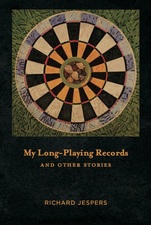
So . . . I selected . . . in some sense, my mother as a model. In her mid-sixties, my mother was hit with two health blows at once. She was diagnosed (as both her parents and one sister had been) with glaucoma. At almost the same time, the symptoms of rheumatoid arthritis hit her full out. And she only lived a little more than another decade. I believe the strain of caring for my Down Syndrome sister for forty years had exhausted her to the point that it stymied her autoimmune system, and that in combination with ingesting methotrexate for her RA pain, her heart just gave out.
However, my character lives a much more robust life. My character has a dimmer view of both her sons than my mother may have had of me. One son calls her every day, usually when she’s about to sit down to a meal, during his lunch hour. The other son only calls when he wants something, usually to sit with her young grandchild, a girl—whom she utterly adores and will travel across town to see at the drop of a hat.
Her grandchild shares with this woman a narrative that she’s made on her “computee” by clumping together little animated duck characters, and yet the child has no idea that singing in your throat is called humming, what the old woman happily does while she’s looking over her grandchild’s shoulder.
The title comes from the last line of the story, as the woman speaks: “Your grandfather and I walked the streets of Madrid,” I say. “As we reached our hotel, I looked over my shoulder . . . and the street, every brick along the street was just like your room . . . bathed in pink.”
This story, which won an award in 2005 from the now defunct Tennessee Writers Alliance (I used winnings to buy a photocopy machine), never found itself a journal home, but now it appears as sort of a coda to my collection. And I believe it works rather well in that role. Short and sweet.
Click here to buy a copy of My Long-Playing Records and Other Stories, where it is available at Amazon.
CATCH UP WITH EARLIER POSTS OF BEHIND THE BOOK
11/13/14 — Introduction to My Long-Playing Records
11/20/14 — "My Long-Playing Records" — The Story
11/27/14 — "A Certain Kind of Mischief"
12/04/14 — "Ghost Riders"
12/11/14 — "The Best Mud"
12/18/14 — "Handy to Some"
12/25/14 — "Blight"
01/01/15 — "A Gambler's Debt"
01/09/15 — "Tales of the Millerettes"
01/15/15 — "Men at Sea"
01/22/15 — "Basketball Is Not a Drug"
01/29/15 — "Engineer"
02/05/15 — "Snarked"
02/12/15 — "Killing Lorenzo"
02/19/15 — "The Age I Am Now"
MARCH 12: MLPR Podcast 1 "A Certain Kind of Mischief"-Tune in!






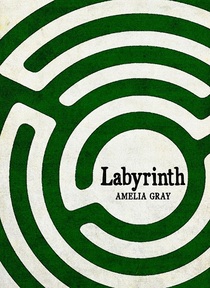

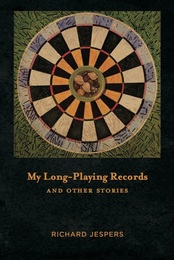



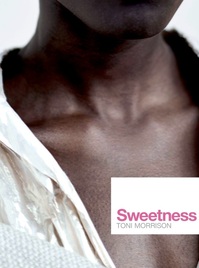

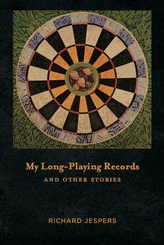

 RSS Feed
RSS Feed